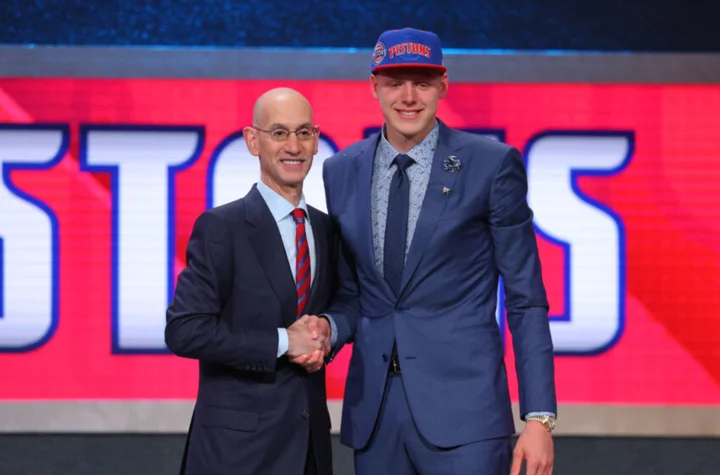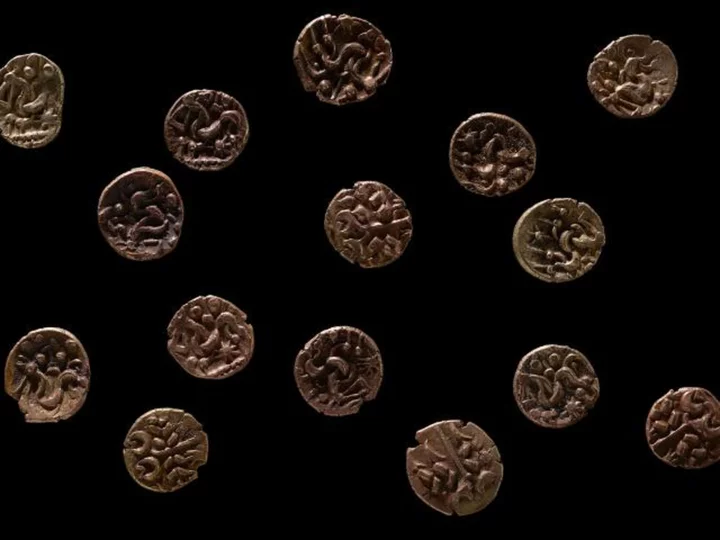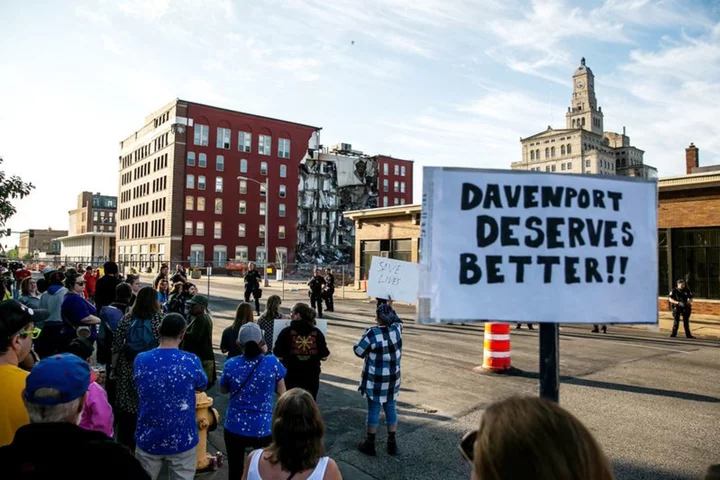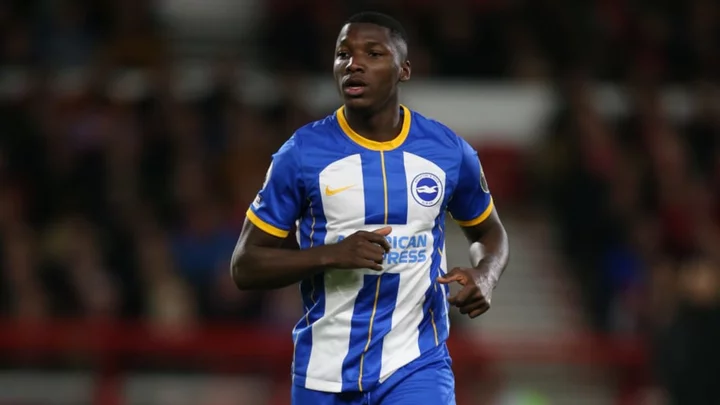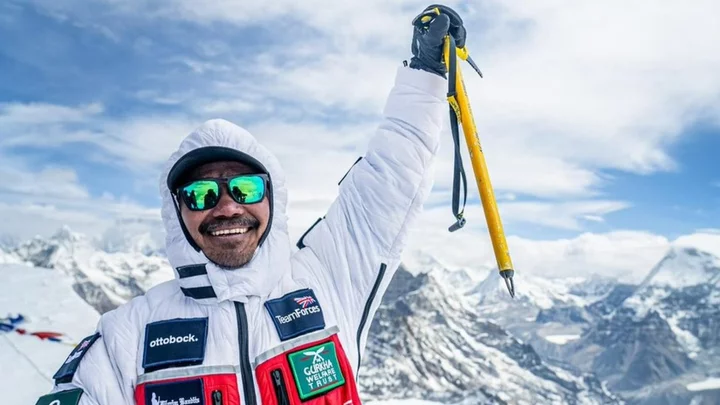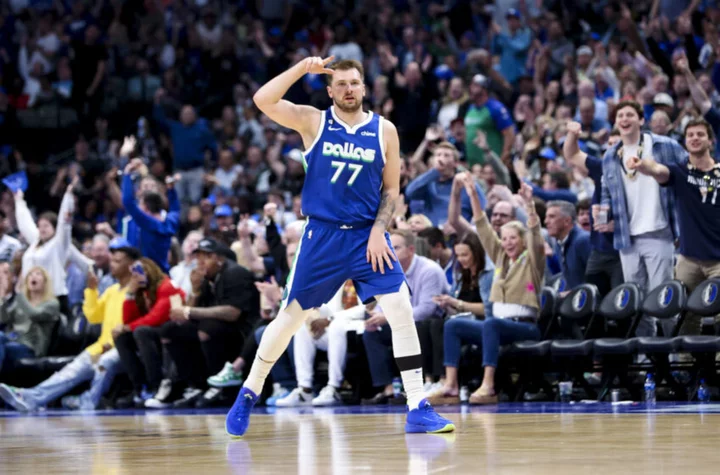From statistical red flags to troubling archetypes, let's break down the five biggest warning signs for an NBA Draft bust.
The 2023 NBA Draft is only 10 days away. Hitting on a draft pick is far from a guarantee. In the 2010s, organizations like the Sacramento Kings and Phoenix Suns have found themselves consistently in the lottery due to stretches of poor draft selections.
History is a great teacher. So, let's reflect on prior drafts and see what warning signs to look for in an NBA Draft bust.
Biggest warning signs for an NBA Draft bust: 5. Low-percentage "shooters"
Typically, NBA Draft prospects have a standout trait (shooting, playmaking, perimeter defense, etc.). However, over the years, some players have been labeled as "shooters", despite a low shooting percentage in college or overseas. Scouts and/or analysts will argue in favor of their form, mechanics, and potential.
Some recent examples of this phenomenon include Henry Ellenson and R.J. Hunter. Ellenson was selected by the Detroit Pistons with the 18th overall pick in the 2016 NBA Draft. He was projected to be a stretch four/five in the NBA. USA Today gave the pick an A, writing the following:
"Ellenson had lottery potential, so the Pistons nabbing him with the 18th pick could turn out to be a steal. He's big and he's skilled from the outside — an ideal fit for today's NBA."
In his lone season at Marquette, Ellenson only shot 28.8 percent from 3. In conference play, that number dipped down to 26.3 percent. So, the shooting projection, albeit not impossible, was extremely optimistic. During his NBA career, he shot 33.6 percent from deep. In hindsight, too many expectations were thrust onto the young big man.
Meanwhile, the Boston Celtics selected Hunter with the 28th overall pick in the 2015 NBA Draft.
Hunter was a collegiate star. The two-time Sun Belt Player of the Year led No. 14 Georgia State to an upset victory over No. 3 Baylor in the 2015 NCAA Tournament.
Hunter was an erratic shooter. Throughout his college career, he attempted a staggering 7.2 3-pointers per game, and sometimes, it paid off. In 2013, he made 12 3-pointers against UTSA, which set a Sun Belt single-game record.
Still, the overall numbers were mixed. In his final season, he shot only 30.5 percent from deep. That season, his game log included many startling shooting performances; he hit either zero or one 3-pointer in 14 games. Considering his high volume of attempts, that number was concerning, but there were plenty of "signature Hunter" games, as well.
Yes, the efficiency was concerning. Nevertheless, it was not unreasonable to expect Hunter to be a capable shooter at the next level, but, like Ellenson, expectations were overblown. In their pre-draft profile, NBADraft.net called him "quite possibly [the] best pure shooter in college" and compared him to J.J. Redick.
In the NBA, Hunter shot only 29.5 percent from 3 and spent time with three different franchises. If you are banking on a first-round pick to be a great shooter, he should either already be an efficient shooter in college or have other standout traits.
Biggest warning signs for an NBA Draft bust: 4. Limited exposure/mystery
If you have limited information about a prospect, he could literally be anybody. That is a great and terrible thing.
Limited exposure/mystery prospects possess the following attributes: did not play college basketball, have limited footage, come with a series of unanswered questions, and rise up draft boards due to their upside and physical ability. Some recent examples include Giannis Antetokounmpo, Bruno Caboclo, and Thon Maker.
Antetokounmpo proved to be an all-time great, while Caboclo and Maker are out of the league.
Despite playing high school basketball in the United States, Maker carried an abundance of unanswered questions from controversy surrounding his age to limited game action against high-level competition. To the frustration of scouts, he even elected to skip 5-on-5 at the combine.
Most NBA teams had not even seen Caboclo play in person. The "Brazilian Kevin Durant" was famously "two years away from being two years away", per ESPN's Fran Fraschilla.
Mystery prospects are the epitome of boom-or-bust, but given the right circumstances, it is a justifiable risk to take.
Biggest warning signs for an NBA Draft bust: 3. Raw with 3-and-D potential
If you look back at past NBA Drafts, there is an odd trend. Lottery picks, who fall into the "raw prospect with 3-and-D potential" archetype, tend to underperform. Isaac Okoro, Cam Reddish, Jonathan Isaac, Josh Jackson, and Stanley Johnson are some examples.
Successful wing lottery picks tend to be more NBA-ready (Brandon Ingram, Jayson Tatum, Mikal Bridges).
It is not a guarantee that this trend will continue, but the recent results are noteworthy. When a team drafts a prospect that is labeled as "raw" or "needs time to develop," there is an inherent risk in making that call, and lately, it has not paid off.
Biggest warning signs for an NBA Draft bust: 2. Athleticism as the lone primary trait
It's not overtly common, but some prospects are known primarily for their athleticism. No, I'm not talking about Ja Morant, Derrick Rose, or Russell Westbrook. Those players were all standout playmakers and finishers. I'm referring to players who still need to develop the rest of their game.
Athleticism alone is usually not enough to get a player selected towards the top of the draft, but it can convince teams to take a flier on them late in the first round or the second round. Supreme athletes rise up draft boards during the pre-draft combine, as they make big impressions during the combine and pre-draft workouts. The returns on these picks are underwhelming.
Here are the three best performers in the vertical leap in combine history: Keon Johnson, Jericho Sims, and Hamidou Diallo. All three of them were drafted, and none of them have become quality rotation players in the NBA. They each carried negative Box Plus-Minus last season.
Biggest warning signs for an NBA Draft bust: 1. Landing in the wrong situation
Being selected by the wrong organization can severely affect a player's NBA career.
For example, Doc Rivers was both the president of basketball operations and head coach of the Los Angeles Clippers from 2014 to 2017. This dual role was very unsuccessful for the Clippers. Rivers was known for his hesitancy to play rookies and younger players. So, when Rivers drafted a prospect, they would sit on the bench and eventually be traded/cut.
Under Rivers, first-round picks Reggie Bullock, C.J. Wilcox, and Brice Johnson each played less than 70 games for the franchise. Without a legitimate shot to develop as NBA players, they had to restart from the bottom. In the case of Bullock, he proved himself to be a capable wing, logging 294 starts for other teams. Unfortunately, Wilcox and Johnson were not afforded as many opportunities.
Over the years, many talented prospects have landed in poor situations, due to coaching, playing time, culture, or other factors. Many draft "busts" tend to have similar circumstances. That is not a coincidence.
Check out The Step Back for more news, analysis, opinion and unique basketball coverage. Don't forget to follow us on Twitter and Instagram and subscribe to our daily email newsletter, The Whiteboard.

